The Ripple Effect
-News and Commentary-
Two Companies, One Outcome: How the PlayStation–Xbox Console War Is Quietly Reshaping the Cost of Gaming
- Home
- News and Commentary
- Two Companies, One Outcome: How the PlayStation Xbox Console War Is Quietly Reshaping the Cost of Gaming
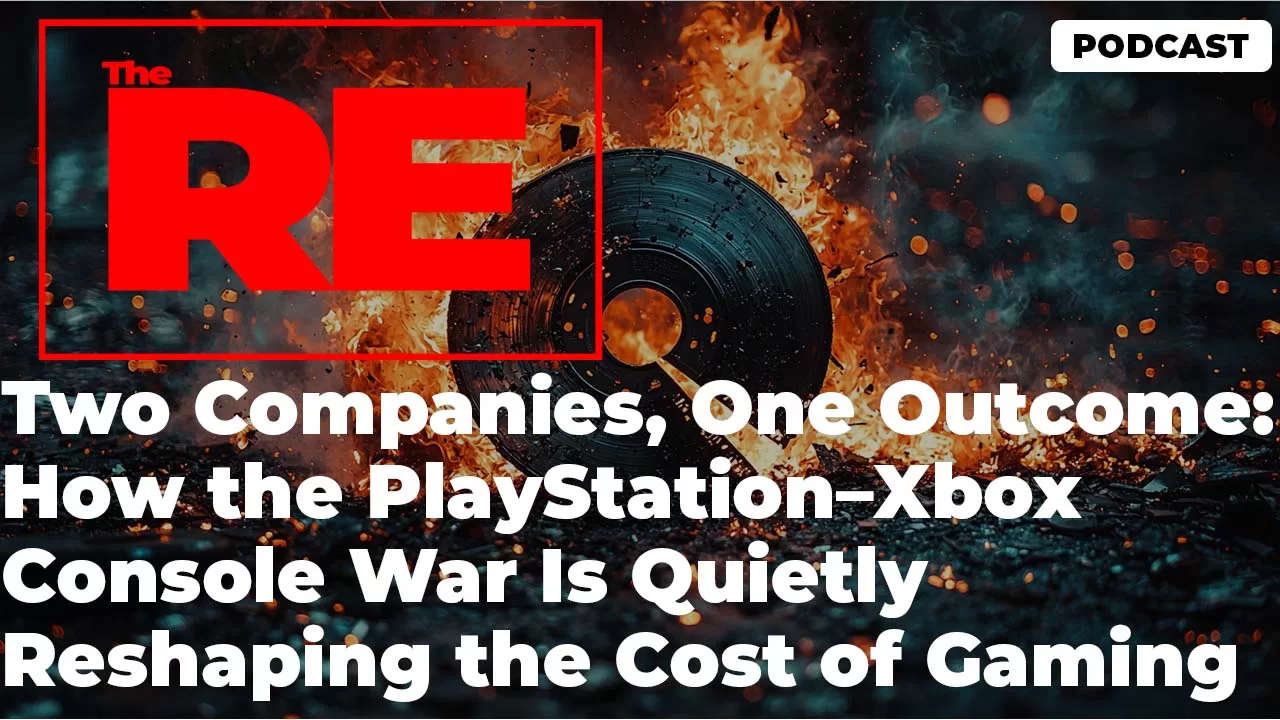
Game Pass and PlayStation Plus aren’t just value-adds anymore. They’re central pillars in the modern gaming economy. At launch, Microsoft’s Game Pass felt like a radical idea—unlimited access to a library of games, day-one releases included, all for a flat monthly fee. It was disruptive. Democratic. Accessible.
But now? It’s the standard. Game Pass isn’t just an option—it’s the path Microsoft wants you on. And it shows in how games are priced, bundled, and promoted. Want to buy the new Starfield game outright? You can. But the messaging, the structure, the incentives all point you toward a subscription.
Sony followed suit—not by replicating Game Pass entirely, but by restructuring its PlayStation Plus service into three bloated tiers that offer access to games, cloud saves, exclusive trials, and streaming. What was once a straightforward online multiplayer pass is now a mini Netflix, with a pricing structure just confusing enough to make “Premium” feel necessary.
What’s important here isn’t that subscriptions exist—it’s that they’ve quietly replaced choice. You don’t buy games anymore. You buy into ecosystems. Ecosystems that rotate titles in and out, gate features behind paywalls, and use FOMO (fear of missing out) as a core marketing tactic.
It’s a system designed not for satisfaction—but for dependence.
There was a time when the console wars felt like a culture clash—PlayStation kids versus Xbox loyalists, each side arguing over graphics, gameplay, exclusives, and who had the better multiplayer experience. It was about bragging rights, nostalgia, and digital allegiance. The debates were fiery but fun, rooted in consumer choice and brand identity.
But lately, that fight feels different. Less like a war, more like a ritual. The mascots haven’t changed, but the battlefield has. And while the debate still rages on message boards and Twitter threads, the real game has moved off-screen—into boardrooms, balance sheets, and subscription models designed to extract more from the same player base that once felt empowered by competition.
In July, Microsoft quietly increased the price of its Xbox Series X by $100 in several markets. Not long after, Sony adjusted the PlayStation 5 pricing tiers and raised the cost of its PlayStation Plus subscription services. Major game titles—once reliably priced at $59.99—are now pushing $79.99, with no consistent justification beyond “industry trends.” Add-ons, deluxe editions, cloud saves, and early access have become standard upsells. The base price is no longer the full price. And somehow, both giants made these moves without significant backlash.
This isn’t a coincidence. It’s a shift in strategy—one where both PlayStation and Xbox are learning from each other, adapting to the same economic pressures, and ultimately making the same moves, despite their marketing differences.
The illusion of competition remains, but in reality? What we’re seeing is a slow march toward consolidation: of control, of access, of pricing. And it’s not just about video games. This is a mirror of what’s happening in streaming, in music, in software, even in news. Across industries, corporations are moving from product ownership to platform access, from one-time purchases to eternal subscription models.
And the gaming industry—once a space defined by innovation, rebellion, and community—is being repackaged as a long-term monetization ecosystem, where users don’t buy games—they buy permission.

The Rise of the Subscription Stack
Game Pass and PlayStation Plus aren’t just value-adds anymore. They’re central pillars in the modern gaming economy. At launch, Microsoft’s Game Pass felt like a radical idea—unlimited access to a library of games, day-one releases included, all for a flat monthly fee. It was disruptive. Democratic. Accessible.
But now? It’s the standard. Game Pass isn’t just an option—it’s the path Microsoft wants you on. And it shows in how games are priced, bundled, and promoted. Want to buy the new Starfield game outright? You can. But the messaging, the structure, the incentives all point you toward a subscription.
Sony followed suit—not by replicating Game Pass entirely, but by restructuring its PlayStation Plus service into three bloated tiers that offer access to games, cloud saves, exclusive trials, and streaming. What was once a straightforward online multiplayer pass is now a mini Netflix, with a pricing structure just confusing enough to make “Premium” feel necessary.
What’s important here isn’t that subscriptions exist—it’s that they’ve quietly replaced choice. You don’t buy games anymore. You buy into ecosystems. Ecosystems that rotate titles in and out, gate features behind paywalls, and use FOMO (fear of missing out) as a core marketing tactic.
It’s a system designed not for satisfaction—but for dependence.
Same Game, Different Jerseys
Look closely and you’ll notice: the two so-called rivals are moving in lockstep.
Not because they planned it together. But because in this digital economy, there’s only one viable strategy for long-term growth—create a closed loop and charge people to stay inside it.
Sony and Microsoft both face the same realities:
Supply chain delays
Rising development costs
A user base addicted to content but fatigued by price tags
Pressure from shareholders to show recurring revenue
So, they respond the same way: shift from selling hardware and software to owning engagement. Make every part of the experience something that can be monetized—game saves, online access, early releases, exclusive content.
And when both companies adopt this strategy? The idea of consumer “choice” becomes hollow.
You’re not picking between competing visions. You’re choosing between two versions of the same funnel.
This is not breaking news. We don't report the news. We Unpack it. Explain it. And analyze what it means.
Click this button to add us to your home screen.
Tariffs, Tech, and Timing
Let’s not ignore the macroeconomics either. New tariffs on Chinese electronics have made hardware production more expensive. Microsoft and Sony both depend heavily on global supply chains—everything from chips to plastic shells. That cost gets passed down to consumers, but not transparently. Instead of explaining price hikes as a response to policy, they’re rolled out as part of “premium packages” or new models that conveniently justify the markup.
Even in games, development timelines have grown longer, budgets ballooning past $100 million for AAA titles. These aren’t just creative projects—they’re investments. And publishers want to hedge those bets by locking in subscription revenue before a game even ships.
The economic forces are real. But so is the opportunism.
Instead of innovating around them, the industry is using them as cover to roll out changes that benefit platforms, not players.
So Why Isn’t Anyone Angry?
Because the marketing is too good. Because the user experience is slick. Because we’ve been trained to expect less and pay more in exchange for convenience. And because we still believe in the brands we grew up with.
Sony isn’t just a company—it’s nostalgia. Microsoft isn’t just Xbox—it’s Halo, Forza, Game Pass. They don’t feel like corporations. They feel like culture. And that makes it easier to swallow price hikes, to accept changes, to let go of ownership in the name of “progress.”
The language has changed too. “You don’t buy games—you join Game Pass.”
“You don’t own the console—you invest in the ecosystem.”
“You don’t miss the physical disc—you gain cloud access from anywhere.”
It’s clever. It’s efficient.
And it’s quietly transforming the relationship between creator and consumer.
Because while Sony and Microsoft may look like they’re just reacting to market forces—chip shortages, tariffs, inflation—the truth is they’re shaping the market more than they’re being shaped by it. And behind the polished product launches and press releases, both companies have spent the last decade fine-tuning the blueprint for digital dominance.
This isn’t just about raising prices. It’s about changing the definition of value itself.
From Ownership to Access: The Netflix-ization of Gaming
Let’s call it what it is: gaming is no longer a purchase-based economy. It’s a platform-based ecosystem built on predictable, recurring income. And this transformation wasn’t accidental—it was intentional, slow, and perfectly executed.
Game Pass launched in 2017 as a curiosity. PlayStation Now had been floating around since 2014, mostly ignored. At the time, buying physical games—or at least digital titles with permanent licenses—was still the norm. But subscription-based services made one thing incredibly clear to execs: revenue predictability is king.
Once you hook users into a monthly payment, you can start manipulating how they think about value:
You’re no longer comparing this game vs. that game.
You’re comparing this tier vs. that tier.
You’re not asking “Is this game worth $70?”
You’re asking “Should I upgrade to Premium?”
Now, instead of needing to deliver satisfaction on each game, the companies only need to deliver the illusion of value across the service. Doesn’t matter if you only play 3 out of the 120 games available. You still paid for access.
And the kicker? You stop owning anything. You don’t buy, you borrow. You don’t choose, you scroll.
This model didn’t just happen because of tech. It happened because it’s more profitable to rent loyalty than to earn it.
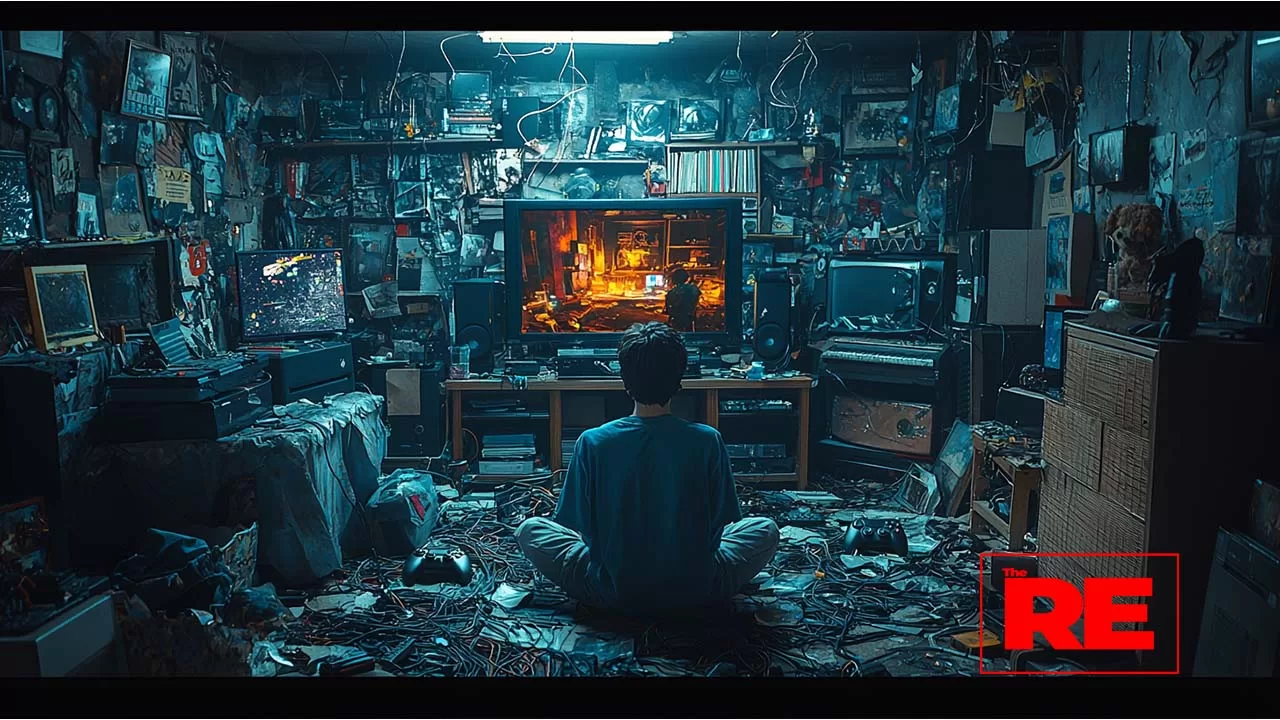
The Lock-In Loop: How Ecosystems Trap You Softly
Both Sony and Microsoft have built sprawling ecosystems designed to trap you softly. No handcuffs. Just comfort.
If you bought digital games on Xbox 360, your library transferred to Xbox One. Then Xbox Series X. You’ve built a digital wall around yourself. You can’t switch, even if you want to.
Same with PlayStation—your trophies, saves, purchases, and PSN friends list are tied to your account. Switching platforms feels like starting over.
Even game progression is locked in—thanks to cloud saves that only activate if you subscribe to the highest tier.
And once you’re locked in? That’s when the squeeze starts.
You get a message that your membership’s expiring. You lose access to multiplayer. Your cloud saves won’t load. Your discounts vanish. Your entire gaming experience becomes fragile—one missed payment away from collapse.
This is what economists call high switching costs. And tech companies call it brilliant strategy.
Who’s Really Winning? A Look at the Numbers
To understand how this is all playing out, look at where the money’s going.
Sony’s 2024 financial report revealed that over 55% of PlayStation’s gaming revenue came from digital subscriptions and microtransactions—not hardware sales. Microsoft’s Game Pass reached over 34 million users, each paying anywhere from $10 to $17 per month. That’s hundreds of millions in guaranteed monthly income, before a single game is sold.
And these numbers aren’t flat—they’re climbing every quarter. Even during periods of economic slowdown, these companies are thriving. Why? Because the model is built on habit, not hype. It doesn’t rely on people getting excited about new releases—it relies on people forgetting to unsubscribe.
Think about it: how many games do you actually finish in a year?
How many subscriptions do you pay for “just in case”?
Now imagine millions of people doing the same thing—every single month.
That’s the business.
Exclusivity as Leverage, Not Loyalty
Remember when console exclusives were about pushing the hardware? Getting you to buy a system for one or two killer titles? That era’s not dead, but it’s evolved.
Today, exclusives are about reinforcing the subscription model, not selling consoles.
Microsoft didn’t spend $68 billion to buy Activision Blizzard just to make Call of Duty prettier. They did it to lock the world’s most-played franchise inside Game Pass. It’s not about the game—it’s about the gate.
Sony responded with its own studio acquisitions: Insomniac, Bungie, Bluepoint. Not just for creative control, but to build a stable of IPs that justify the monthly charge. If you want to play the next Spider-Man, you need PlayStation. But if you want the early access and extra suits? You need Premium.
This is how exclusivity becomes less about choice and more about leverage. They’re not fighting for your love. They’re fighting to make leaving feel inconvenient.
Marketing the Mirage: How They Get Away With It
So how do both companies keep raising prices, locking in content, and removing ownership—without major revolt?
Simple: they sell you a story.
You’re not “spending more.” You’re “getting more access.”
You’re not “locked into a platform.” You’re “part of a community.”
You’re not “paying $70 for less game.” You’re “experiencing evolving content.”
It’s slick. It’s clean. And it’s manipulative as hell.
Take something basic like crossplay. For years, Sony refused to allow it. Now it’s “open”—but only within strict terms. Want to keep your Fortnite progress between Xbox and PlayStation? You better have the right account linked. Want to access your digital content on a new console? You better log into the right account with the right region settings.
Every “freedom” comes with a condition. Every “feature” comes with a fee.
But because it’s framed in the language of innovation, most people don’t notice they’ve traded ownership for convenience.
This Isn’t Just Gaming Anymore
This isn’t an Xbox vs. PlayStation issue. It’s a template. A business model being refined in gaming and exported to every corner of the digital world:
Spotify rotates albums out of your library
Netflix pulls shows without warning
Adobe moved its entire suite to the cloud
Your car subscription might now include heated seats
Everywhere you turn, what used to be a purchase has become permission. And once they’ve got you? They start tweaking the dials.
So when we talk about console wars, let’s be clear:
There’s no war.
There’s alignment.
And the more they align, the more we lose—not just in dollars, but in control.
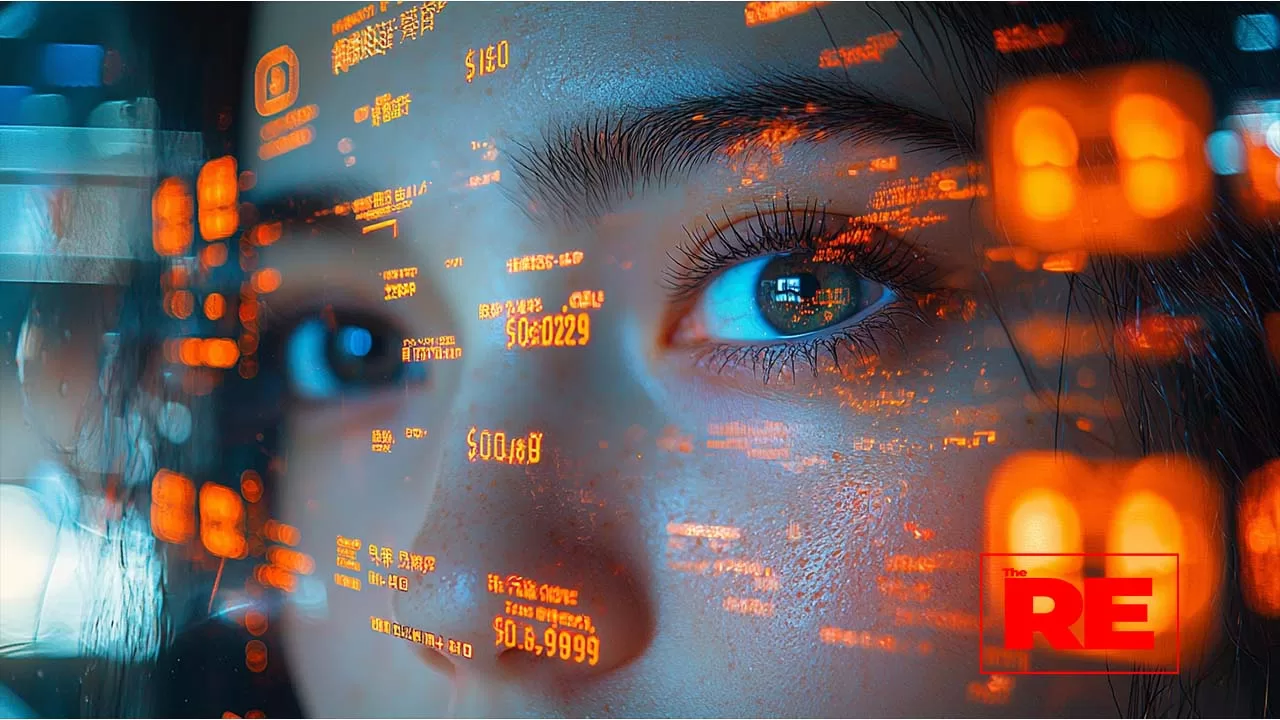
Because let’s be real—this whole system works so well because it doesn’t feel like a system. It feels like life. You buy a console, you sign up for Game Pass or PlayStation Plus, you download a game, and you’re in. Everything just works. No discs, no load times, no friction.
It’s seamless.
It’s convenient.
It’s the trap.
The Great Trade-Off
We live in an era where we’ve traded ownership for ease, and most of us didn’t blink.
We no longer own music—we stream it.
We don’t own movies—we rent digital licenses.
We don’t own software—we “subscribe” to use it.
And now, we don’t own games—we gain access to them. As long as we keep paying. As long as the terms don’t change. As long as the service doesn’t disappear.
What used to be a transaction has become a tether.
And that shift didn’t just happen overnight. It happened because we stopped asking who benefits from convenience. We told ourselves we didn’t need physical discs anymore. That digital saves were better. That monthly fees were no big deal.
And in return? We gave corporations a direct line into our wallets—not once, but every month. Forever.
This is not breaking news. We don't report the news. We Unpack it. Explain it. And analyze what it means.
Click this button to add us to your home screen.
Why the Console War Was Always a Distraction
The biggest lie the industry sold us was the idea that we had a choice.
PlayStation or Xbox.
This subscription or that one.
This exclusive or that exclusive.
But choice without power isn’t choice—it’s branding.
And that’s what this whole thing has become: a polished illusion of competition while both sides build the same economic cage.
You get two controllers, two boxes, two ecosystems—but the business model?
Identical.
So it no longer matters if you bleed blue or green.
You’re playing the same game. And you’re not the player—you’re the product.
Gaming Culture Got Gentrified
Remember when gaming was rebellious?
When it was about modding, LAN parties, split-screen co-op, flipping your PS2 upside down to make it read scratched discs?
It was gritty. Creative. Messy.
Now? It’s clean, corporate, and quietly controlled.
We went from hacking cheat codes to getting banned for sharing accounts.
We went from modding GTA to paying for skins in Fortnite.
We went from being community-driven to data-mined and behavior-tracked.
What used to be underground is now algorithm-fed.
What used to be a passion is now a payment funnel.
And all of this happened under the narrative of “progress.”
But it wasn’t progress.
It was gentrification—just digital.

The Real Cost Isn’t the Price—It’s the Dependency
This ain’t about saving money. It’s about recognizing what it means when everything requires a subscription. Not just games—but life.
When your car asks you to pay monthly for heated seats
When your fridge wants Wi-Fi and your lightbulbs need an app
When you can’t even cancel a subscription without navigating five menus and a guilt trip
That’s not convenience. That’s control.
And that’s the part nobody talks about.
It’s not just that prices are going up.
It’s that we no longer have a say in how we pay.
Because once you’re inside the system, you don’t negotiate—you comply.
And if you don’t? You lose access.
To your files. To your games. To your music. To your memories.
We didn’t just hand over money.
We handed over power.
So Where Do We Go From Here?
You don’t have to be a radical to see what’s happening. You just have to be awake.
Start asking:
What am I paying for?
Who’s actually in control of what I own?
Is convenience worth my autonomy?
This doesn’t mean cancel every service or go back to burning CDs and hoarding discs. But it does mean we stop clapping for companies who quietly take more while giving us less.
We stop treating brand loyalty like identity.
We stop calling rent “ownership.”
We stop thinking convenience is always a win.
Because if there’s one thing this “console war” made clear—it’s that the war was never between PlayStation and Xbox.
It was between corporate power and consumer agency.
And unless we shift how we think, that’s a war we’re going to lose without ever knowing we were in it.
One story. One truth. One ripple at a time.
This is The Ripple Effect, powered by The Truth Project.
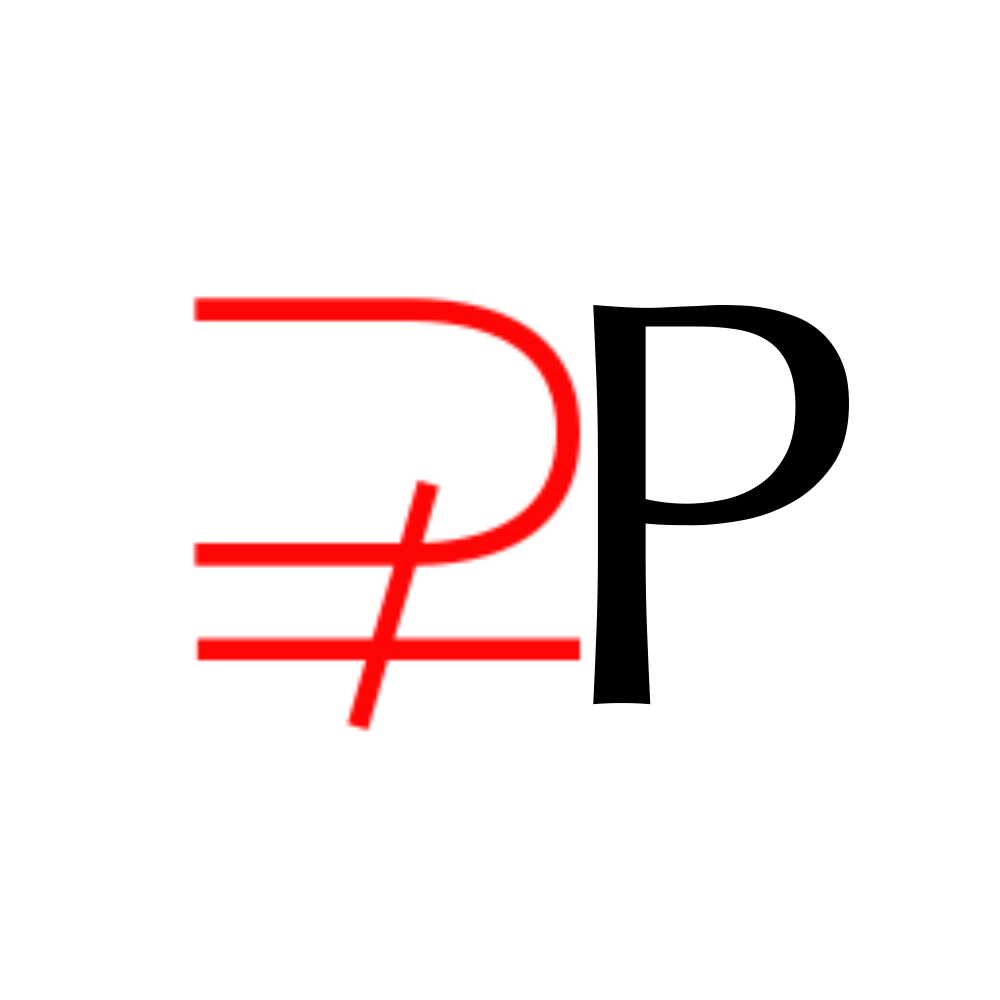
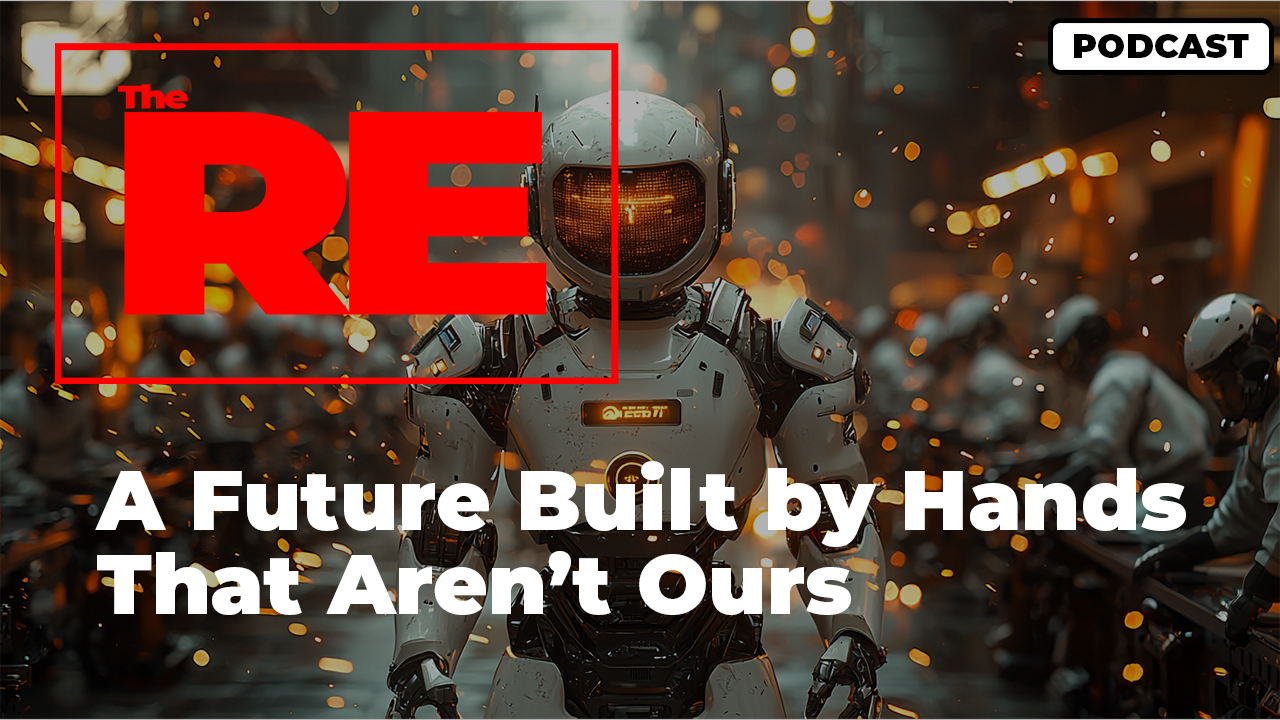
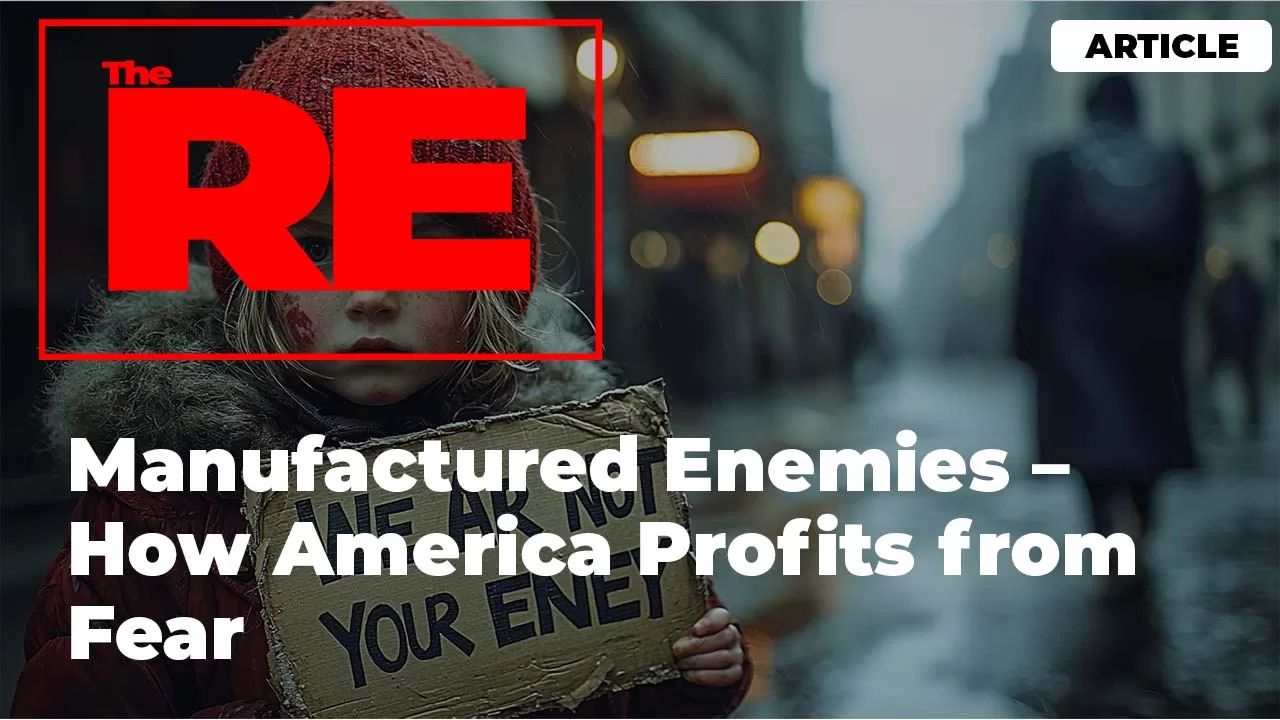
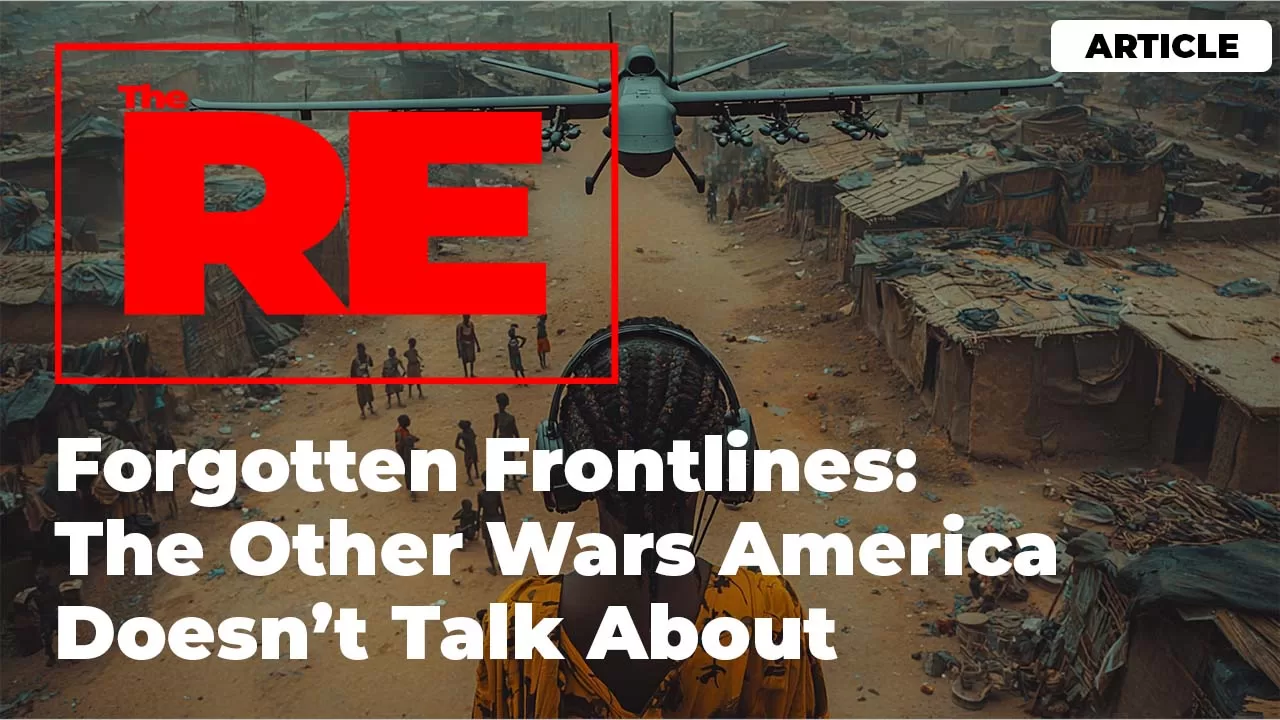

 and then
and then